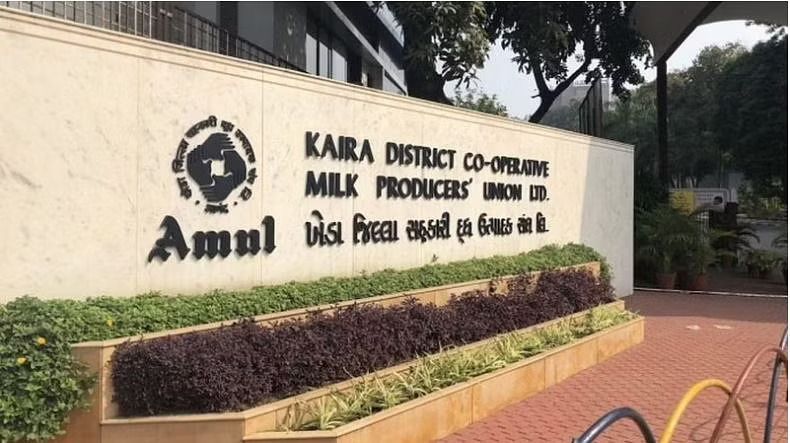
All discussions on procurement in India inevitably lead to a comparison between the co-operative-run Amul Model and the procurement of cereals and pulses by agriculture marketing societies. Why is it that Amul scores exceptionally well in both stakeholder trust as well as public confidence, while procurement undertaken by FCI and NAFED is often mired in controversy?
Having worked as the CEO of a multi-district milk producers’ co-operative society as well as the managing director of an apex agriculture marketing co-operative, NAFED, let me share how the two systems differ, but more importantly, what can be done to make procurement of cereals and pulses as transparent as the milk procurement operations.
Got milk?
Let us first look at the similarities. The commonality between milk producers and farmers who grow cereals and pulses is that both are marginal and small producers. Few of them have physical assets, production surpluses and the infrastructure to market their produce independently and directly in the market. Their volumes also make it difficult for them to add value at the farm gate. Both need the intervention of their co-operative or a State agency to get a fair and remunerative price. In fact, on the face of it, a milk producers’ co-operative has a greater challenge because the product is extremely perishable, whereas cereals and grains have a longer shelf life.
Perhaps, it is this aspect of perishability that makes the milk producers more disciplined—unless they pour the milk at the procurement centre within the designated time, they would miss the milk van. However, more than that it is the robust system set in place by Dr Verghese Kurien that ensures there is complete transparency and absolute ease of doing business, First, the member can pour any quantity–from less than a litre to multiples thereof. After that, it is measured and checked for quality. Although today, the fat and solid contents are measured on a machine, earlier a lactometer and centrifuge machine were installed in every primary procurement centre to record the quality. The price per litre of milk was contingent on the quality of milk and there was positive incentive for better quality.
However, when it comes to the procurement of cereals and pulses, let us understand the complexity. The first issue is their sheer volume on account of the seasonality of the production cycle. The second is the absence of grading /sorting machines at most procurement centres. So, the decision on whether the produce adheres to FAQ (fair average quality) norms is based on what the procurement officer on the spot decides. There is every (human) possibility of genuine mistake as well as perverse incentive and collusion. If the produce is below FAQ, then the stock value is significantly diminished, and if non-FAQ stock is procured, it will receive the Minimum Support Price (MSP) for which it is otherwise ineligible.

















